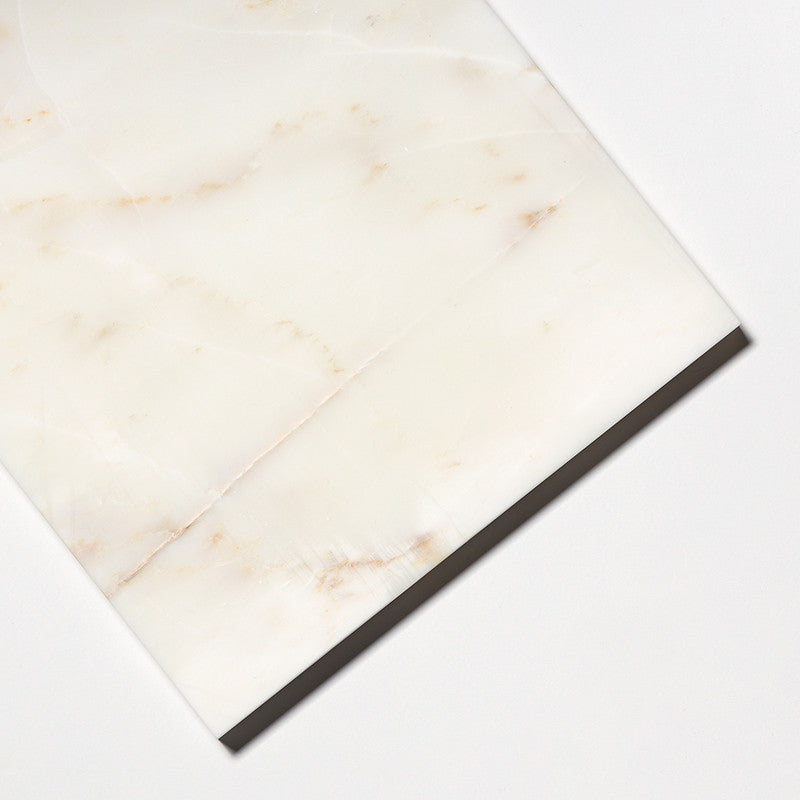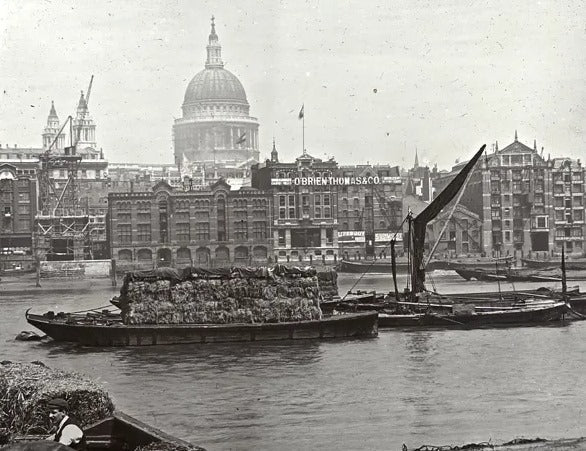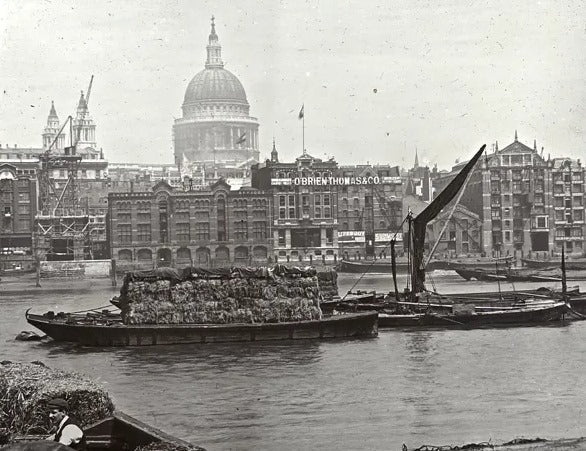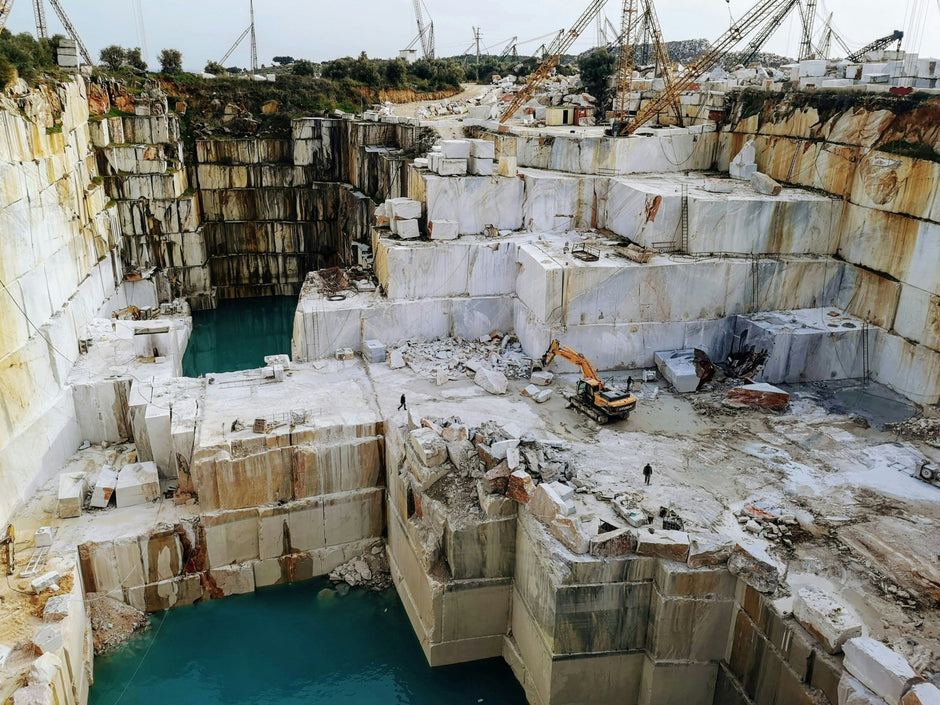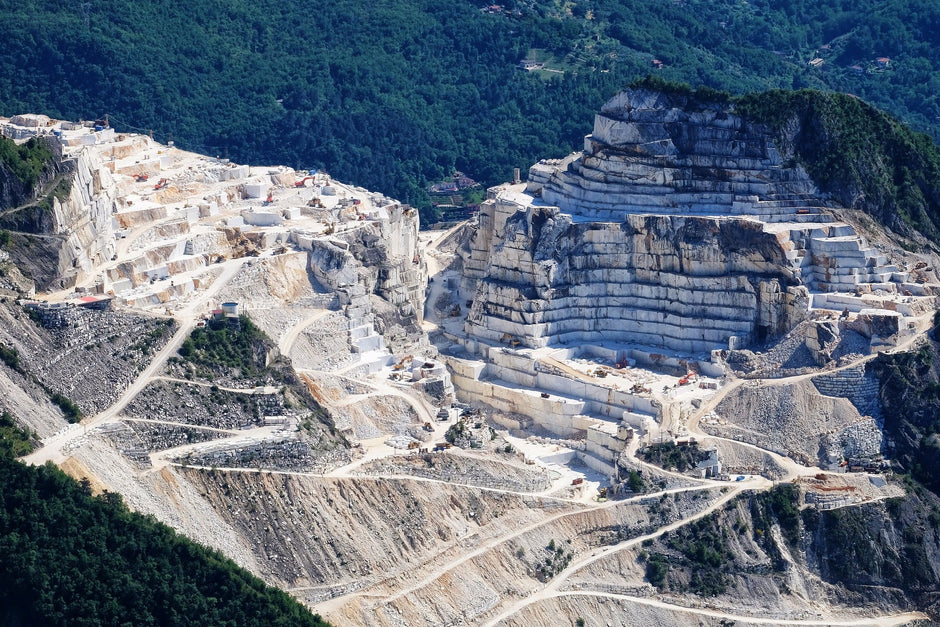London, 1245… The towers of Westminster Abbey rose as symbols of human resolve and engineering mastery. When the Purbeck stones, quarried from Dorset’s Purbeck Peninsula, were entrusted to the waters of the River Thames to be transported to the heart of the city, it was not merely building material that embarked on a voyage, but a legacy of civilisation.
The Purbeck marbles were both delicate and enduring: their shimmering limestone veins, glowing at the touch of water, spoke of a will untouched by time. The barges — the backbone of river transport — defied tides, fierce currents, and storms to deliver this precious cargo to Westminster.
One night, sharp winds swept down from the north, turning the Thames wild and unforgiving. As the barge captain and his crew fought to safeguard the stones, the ropes snapped — and the vessel was swallowed by the river. At dawn, when King Henry III received the news, he uttered but one thing:
"Though the Thames may claim our stones, it cannot take our resolve. Begin again."
Months later, a glimmering shard tangled in a fisherman’s net revealed the resting place of the wreck. Divers descended and found the marbles — untouched by time, even beneath the river's depths. Etched into one stone were two words:
“Lux Invicta” — The Unconquered Light.
The spirit of the medieval craftsmen and engineers lived on, carried forward in stone that refused to fade.
*** Map and narrative was fictionalized.
The Transportation of Purbeck Stones to London in the Middle Ages
The Purbeck stones used in the construction of Westminster Abbey faced significant engineering and logistical challenges before reaching London from Dorset.
-
Quarrying the Stone
The Purbeck stones were extracted in large blocks from Dorset’s renowned quarries. Though exceptionally durable, the stone was difficult to work with and required meticulous preparation.Purbeck taşları, Dorset’in ünlü ocaklarından büyük bloklar halinde kesildi. Dayanıklı ama işlenmesi zor olan bu taşlar, dikkatli bir hazırlık gerektiriyordu. -
Transport to the Shore
Once cut, the stones were conveyed to the shoreline using horse-drawn carts or sledges. The uneven terrain and the considerable weight of the stones rendered this process particularly arduous. -
Transfer by Sea
The blocks were then transferred onto small boats and loaded onto barges, which followed the southern coast of England to reach the mouth of the Thames. The journey by sea was fraught with peril, due to unpredictable tides and strong currents. -
Passage Along the Thames
The barges proceeded slowly upstream against the Thames’ current toward London. This stage of the journey demanded great skill in river navigation and precise timing. -
Unloading Near Westminster
Upon arrival in London, the stones were unloaded at wharves near Westminster and stored in preparation for construction. -
Transport to the Site and Shaping
The marble was then transported to the construction site by human and animal power, assisted by pulleys. In the hands of skilled stonemasons, these blocks were shaped into the magnificent structure of Westminster Abbey.
This arduous journey represented not merely a phase of construction, but a triumph of human determination and engineering. The Purbeck stones formed the foundation of a monument that has stood for centuries — a legacy etched into every stone, enduring through time.


